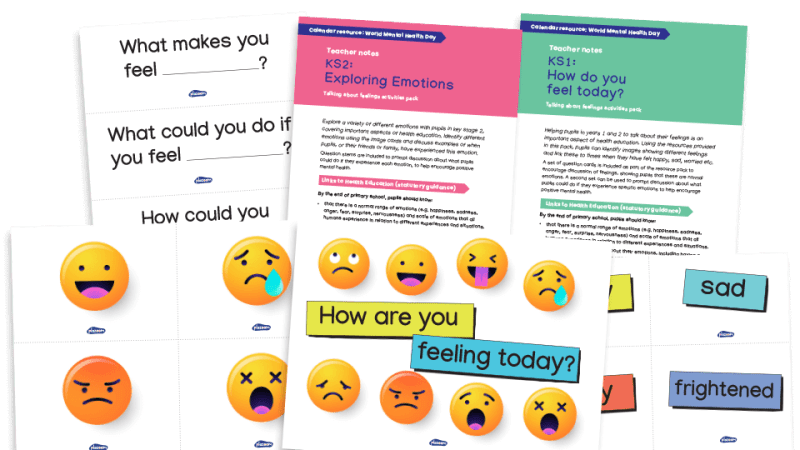7 Ways In Which Early Years Settings Can Support Parents

Developing effective partnerships with mums, dads and other carers is challenging but essential, says Kathy Brodie…

- by Kathy Brodie

‘Partnership with parents’ – it sounds straightforward, but the reality can be far more challenging.
Mums and dads are often busy, and sometimes simply finding the time to discuss children’s progress can be difficult.
Because ‘parents’ may also include grandparents, other family members or even childminders, all of whom will be as unique as the children you’re caring for, there’s no such thing as a ‘one-size-fits-all’ solution. Despite the challenges involved, having a true two-way communication with parents is vital – and it’s worth stressing that the odd crumpled-up letter sent home at the bottom of a bag is not sufficient…
1 Start early
Supporting parents begins before their children even start at your setting. Home visits are incredibly helpful, giving mums and dads an opportunity to ask questions that they may not have the confidence to at the setting. They also give you an opportunity to explain your routines and ensure that parents understand the key person system. If you have a system where you know who the key person will be, provide a name, photo and a little bit of information about her or him.
2 Room to improve?
What does your setting feel like to parents? Do your noticeboards convey useful information or is there too much to take in? Are other initiatives, such as a parents’ comments box or toy lending library, easily accessible? Consider having a critical friend – someone who can knowledgeably highlight both good areas and those that need improvement – come in as if they were a parent, experience your entrance hall and feed back to you.
3 Digital solutions
It is often easy to start a dialogue with even the busiest of parents by using technology – for example, text messages, emails and closed Facebook groups. Consider differentiating these methods, perhaps using Facebook for general messages (informing them of a school fair, for instance) and text messages for individual or important messages that need to be kept (such as notice of a multi-agency meeting).
4 Online observations
There are many electronic observation systems that make sharing a child’s daily activities with parents online easy and secure, with the added benefit of allowing parents to comment back, adding further information or context to their children’s play. Do consider the language and phrases that you use, though – parents cannot be expected to understand too much jargon or any acronyms. Really listening and taking on board any suggestions, comments or offers of help from parents is the beginning of supporting parents and true partnership.
5 Parents’ groups
If engaging with parents individually is not working, consider having a parent representative or small parents’ group to help evaluate your provision. This person/group can represent the views of many others, which you may find more effective than trying to canvass every parent on every issue. Also, it may be that some parents will be more happy to discuss sensitive family issues with a friend, rather than bringing the details into your setting. The friend can then pass information on on their behalf.
6 Individual needs
It is instructive to think about your routines from a parent’s perspective. For example, if you finish at exactly the same time as school, does this make it difficult for parents who have more than one child to pick up? Are your waiting areas welcoming and comfortable place to be? Is there an accessible nappy change area so parents can change babies whilst waiting? Are your meeting times tailored for each family, remembering that some parents may prefer daytimes and others evening appointments?
7 Reflective practice
Finally, practitioners’ own self-reflection is an important part of the partnership. Practitioners should regularly review their own practice, support others and use supervision meetings to discuss occasions when partnerships have not been effective or there has been a breakdown in communication about an issue. As a setting, you need to ensure that there is a clear policy regarding some ‘grey’ areas, such as being Facebook friends with parents.
Quick tips • Support the home learning environment by signposting helpful information for parents – for example, NDNA’s Schemas app or the government’s ‘What to expect, when’ document [PDF]. • Set up a lending library, letting children borrow books, story sacks or toys from your setting. • Instead of the standard daily diaries, consider using ‘talking’ books, where short messages can be recorded. These convey a lot of information very effectively, especially if photos are included, and may be quicker than writing everything by hand.
Kathy Brodie is an early years professional and trainer based in East Cheshire, specialising in EYFS and SEN; for more information, visit www.kathybrodie.com or follow @kathybrodie









